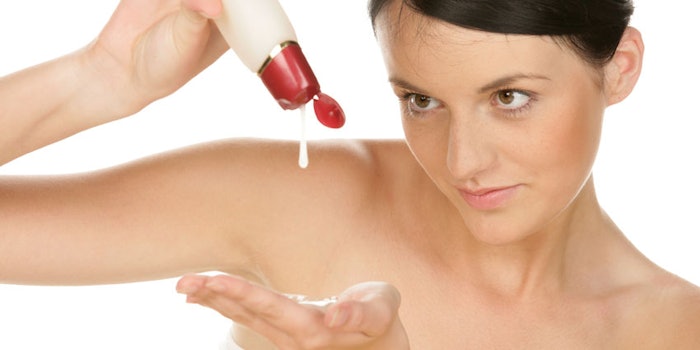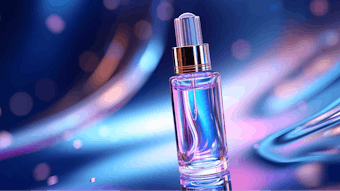At present, most sensory evaluations of personal care products are carried out using well-trained panels. Sometimes this is supplemented by various instrumental methods such as viscosity, corneometry, polarity, etc. The objective of this study is to investigate the relationship between rheological properties and sensory attributes. We view this as a first step to understanding the infl uence of emulsion structure on sensory characteristics.
At present, most sensory evaluations of personal care products are carried out using well-trained panels. Sometimes this is supplemented by various instrumental methods such as viscosity, corneometry, polarity, etc. The objective of this study is to investigate the relationship between rheological properties and sensory attributes. We view this as a first step to understanding the infl uence of emulsion structure on sensory characteristics.
In this paper we demonstrate a methodology to use rheological properties to describe and predict skin sensory attributes. Rheological data is analyzed by Principal Component Analysis (PCA) and clear correlations were found between several rheological properties. Partial Least Squares regression showed cohesiveness can be predicted by two rheological properties: dynamic viscosity and yield stress. Some sensory and rheological properties clearly depend on the emulsion structure. In colloid chemistry, scientists are using models to correlate emulsion structure with rheological characteristics. In contrast, there is far less knowledge about sensory-emulsion structure relationships, but the development of rheology-sensory relationships can be the first step in building understanding about how sensory attributes are infl uenced by changing the emulsion structure.
Download this article.











